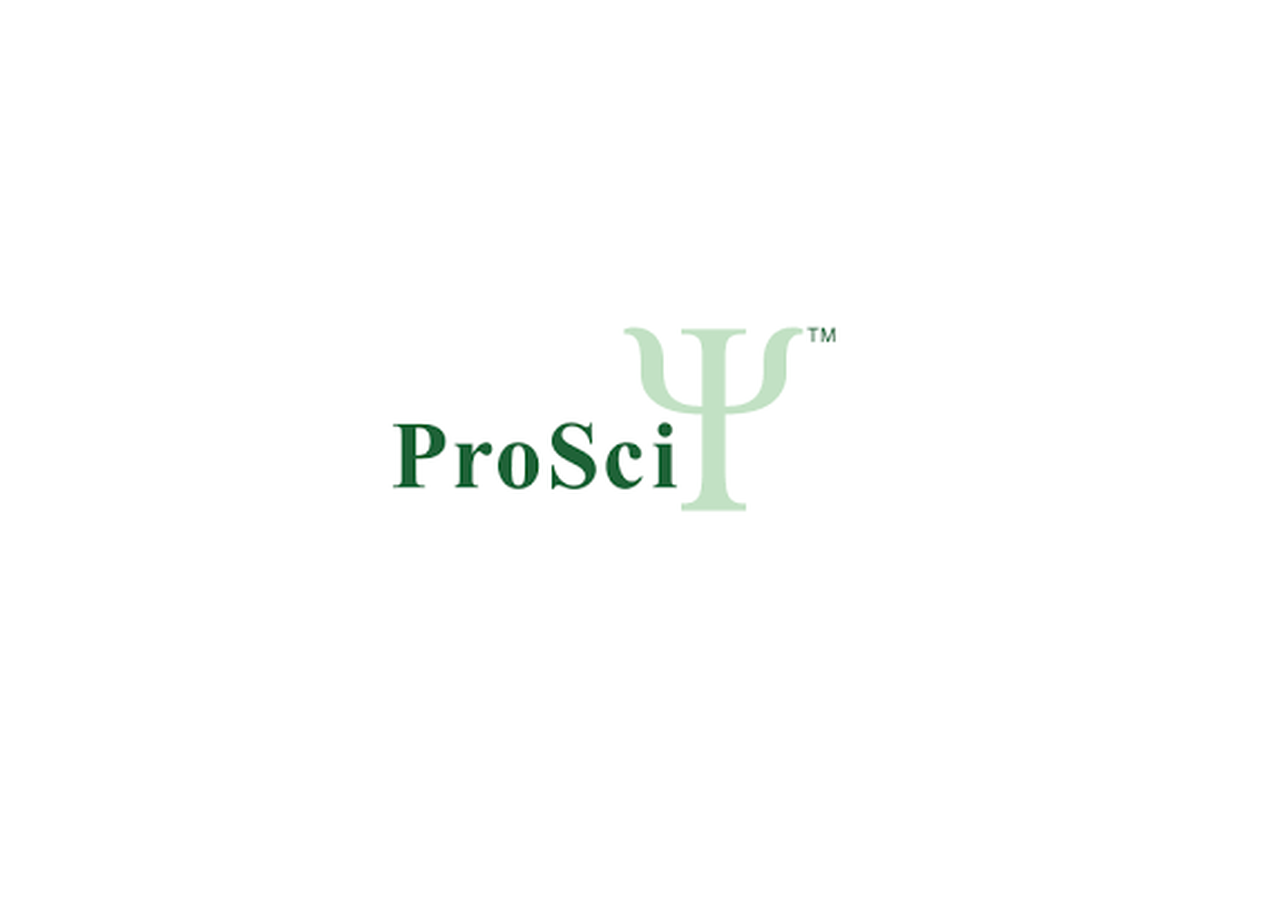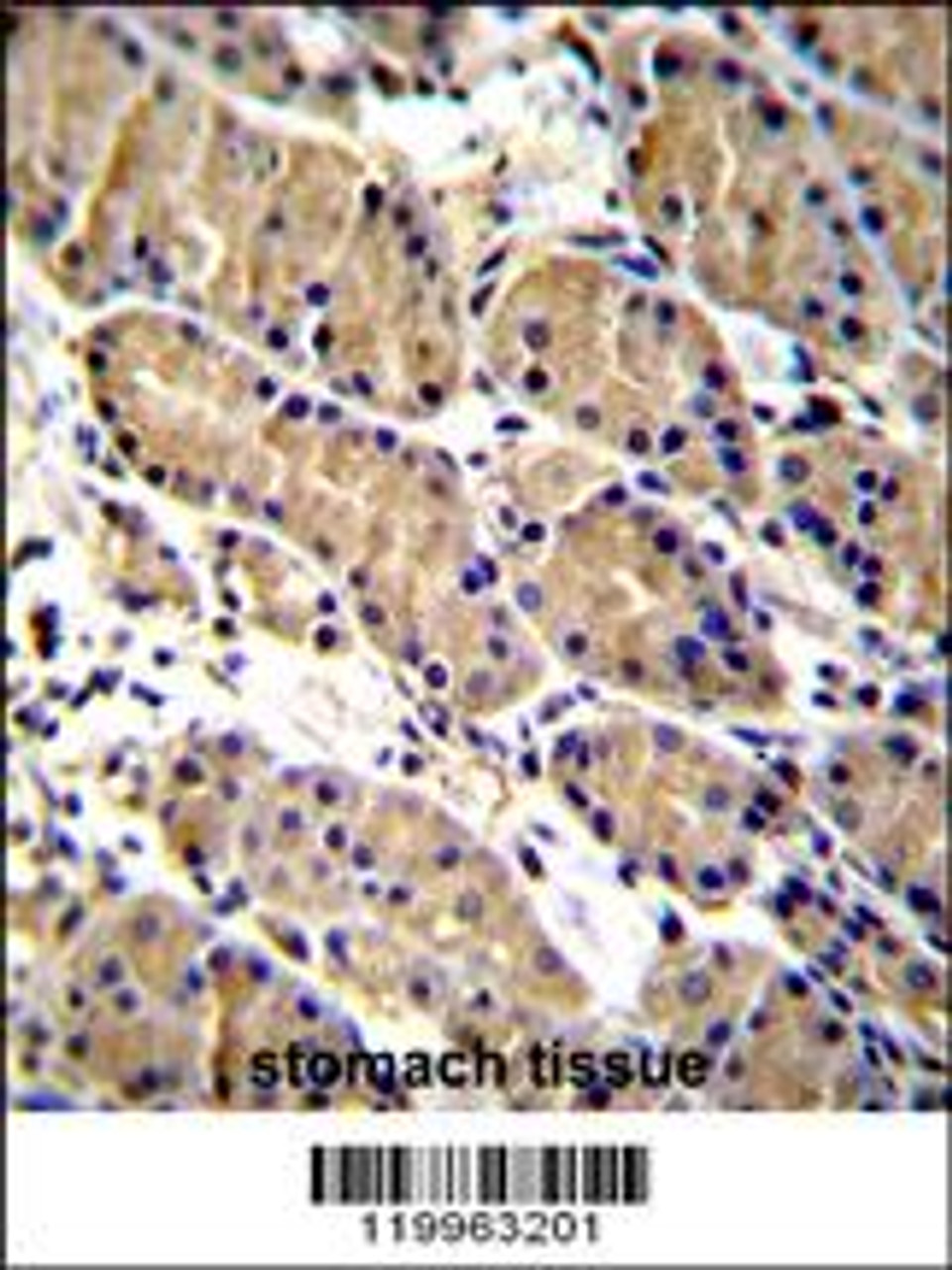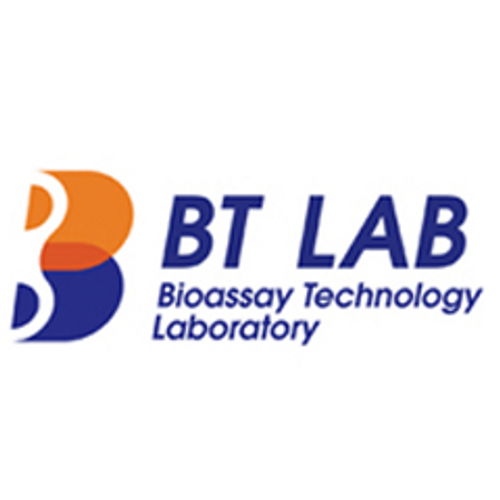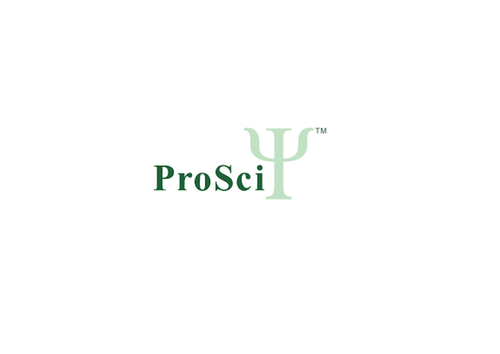Product Description
WFDC1 Antibody | 56-449 | ProSci
Host: Rabbit
Reactivity: Human
Homology: N/A
Immunogen: This WFDC1 antibody is generated from rabbits immunized with a KLH conjugated synthetic peptide between 148-177 amino acids from the C-terminal region of human WFDC1.
Research Area: Cell Cycle
Tested Application: WB, IHC-P, Flow
Application: For WB starting dilution is: 1:1000
For IHC-P starting dilution is: 1:10~50
For FACS starting dilution is: 1:10~50
Specificiy: N/A
Positive Control 1: N/A
Positive Control 2: N/A
Positive Control 3: N/A
Positive Control 4: N/A
Positive Control 5: N/A
Positive Control 6: N/A
Molecular Weight: 24 kDa
Validation: N/A
Isoform: N/A
Purification: This antibody is purified through a protein A column, followed by peptide affinity purification.
Clonality: Polyclonal
Clone: N/A
Isotype: Rabbit Ig
Conjugate: Unconjugated
Physical State: Liquid
Buffer: Supplied in PBS with 0.09% (W/V) sodium azide.
Concentration: batch dependent
Storage Condition: Store at 4˚C for three months and -20˚C, stable for up to one year. As with all antibodies care should be taken to avoid repeated freeze thaw cycles. Antibodies should not be exposed to prolonged high temperatures.
Alternate Name: WAP four-disulfide core domain protein 1, Prostate stromal protein ps20, ps20 growth inhibitor, WFDC1, PS20
User Note: Optimal dilutions for each application to be determined by the researcher.
BACKGROUND: This gene encodes a member of the WAP-type four disulfide core domain family. The WAP-type four-disulfide core domain, or WAP signature motif, contains eight cysteines forming four disulfide bonds at the core of the protein, and functions as a protease inhibitor in many family members. The encoded protein shares 81% amino acid identity with the rat ps20 protein, which was originally identified as a secreted growth inhibitor. This gene is mapped to chromosome 16q24, an area of frequent loss of heterozygosity in cancers, including prostate, breast and hepatocellular cancers and Wilms' tumor. Owing to its location and a possible growth inhibitory property of its gene product, this gene is suggested to be a tumor suppressor gene.
 Euro
Euro
 USD
USD
 British Pound
British Pound
 NULL
NULL












